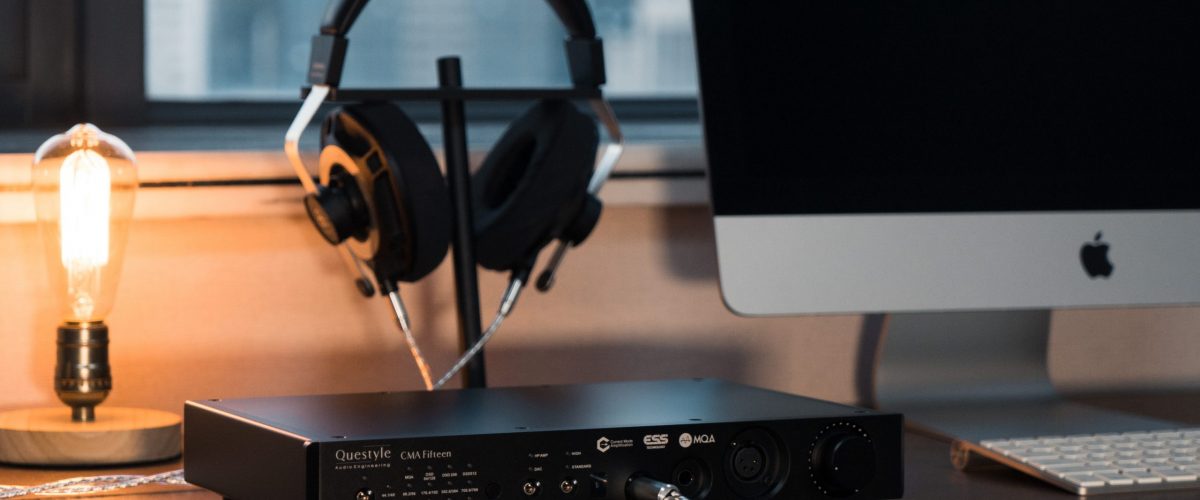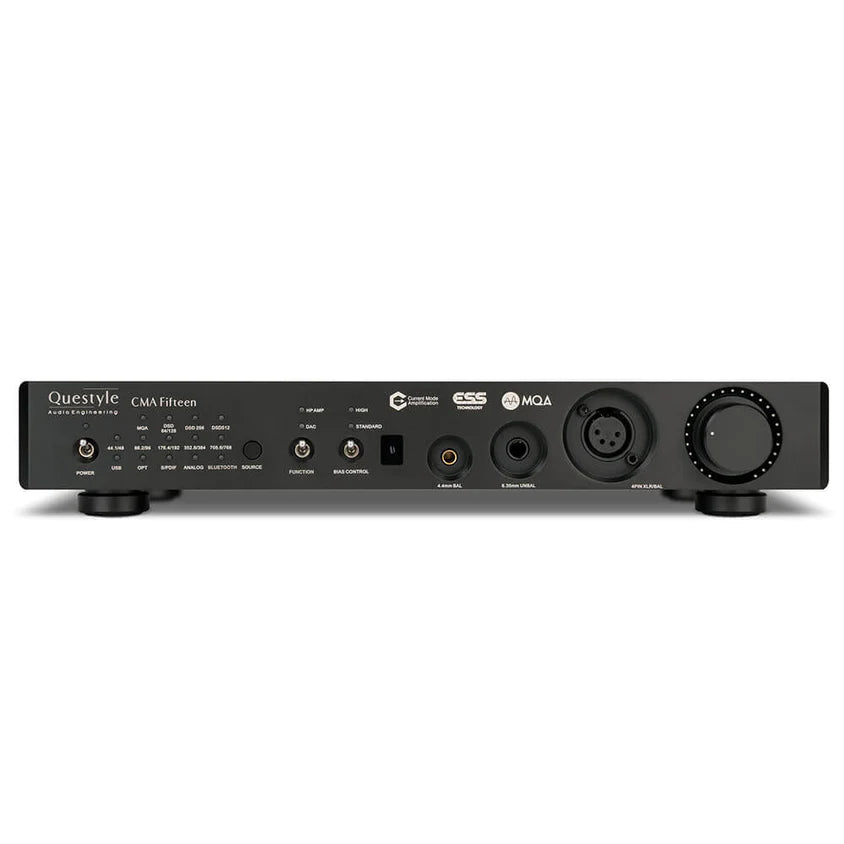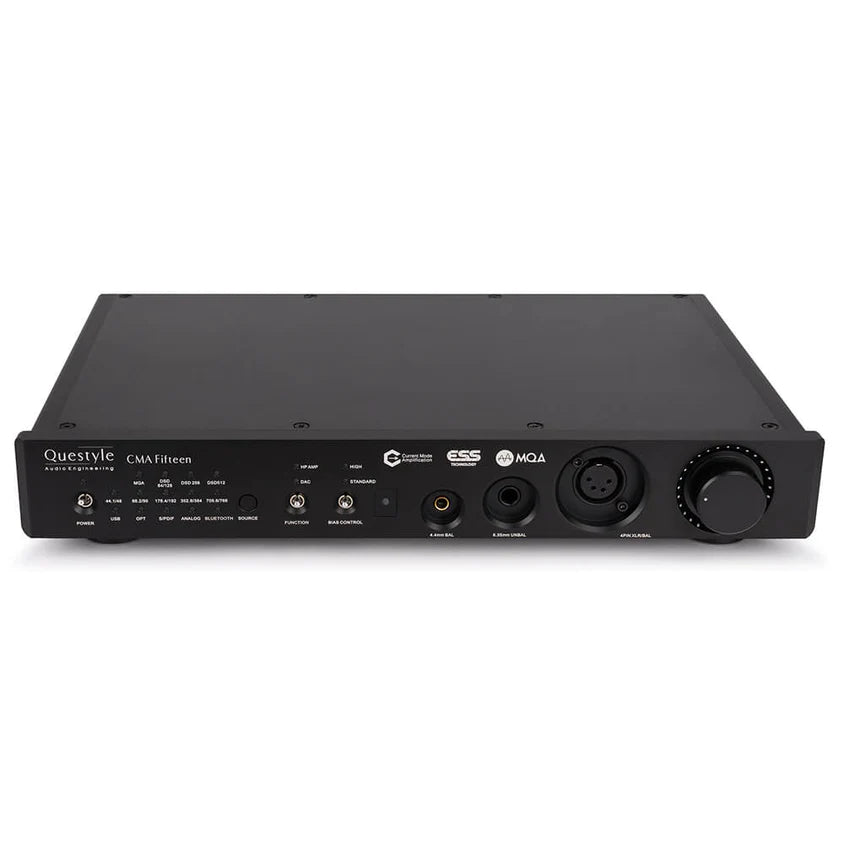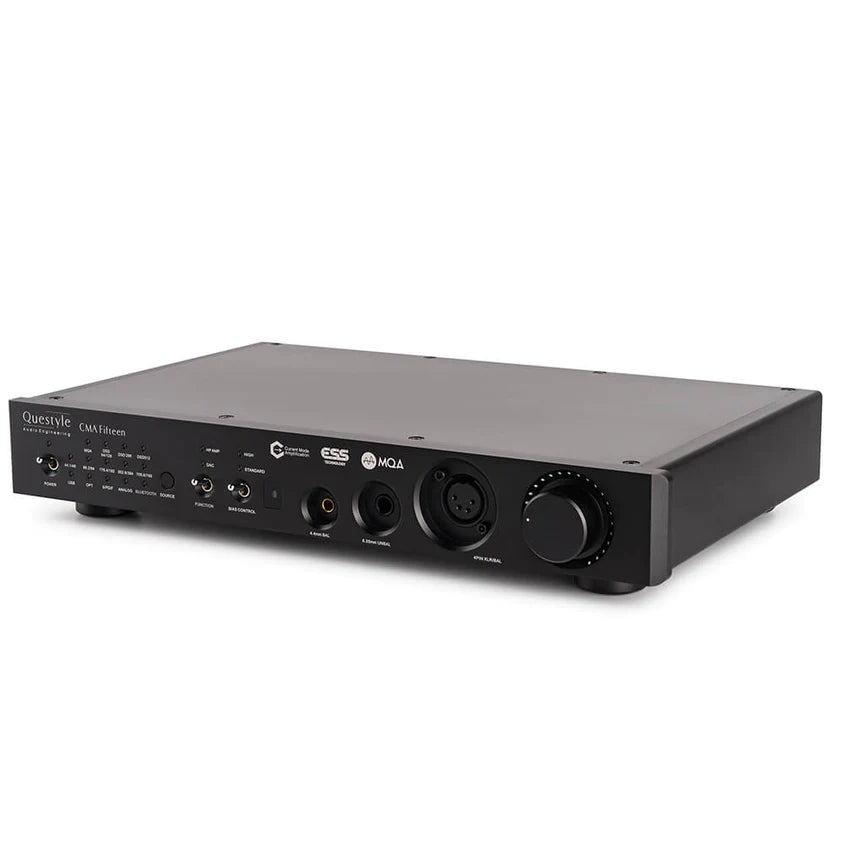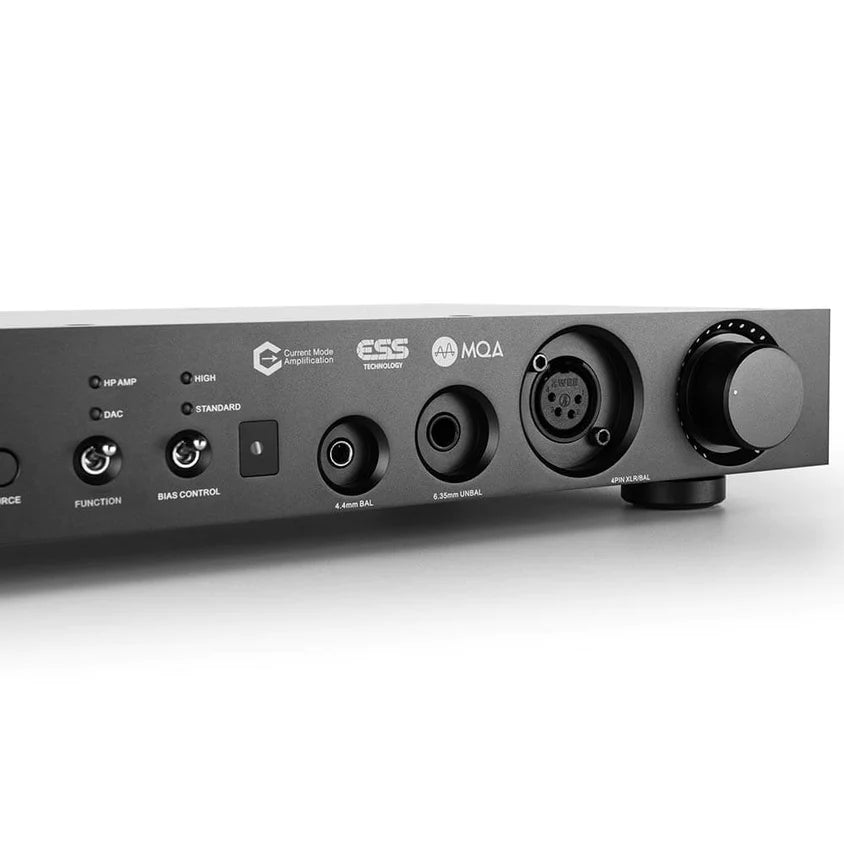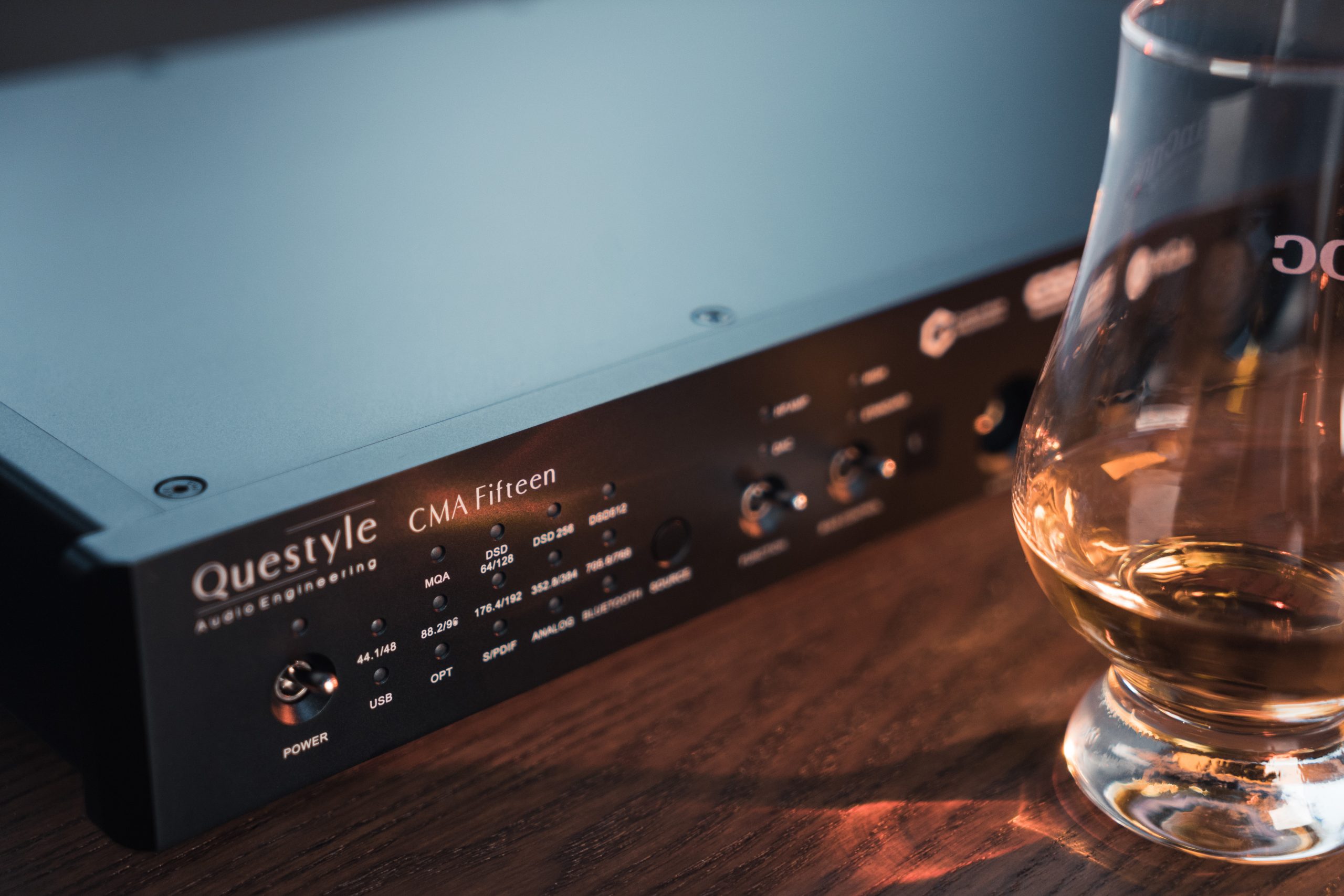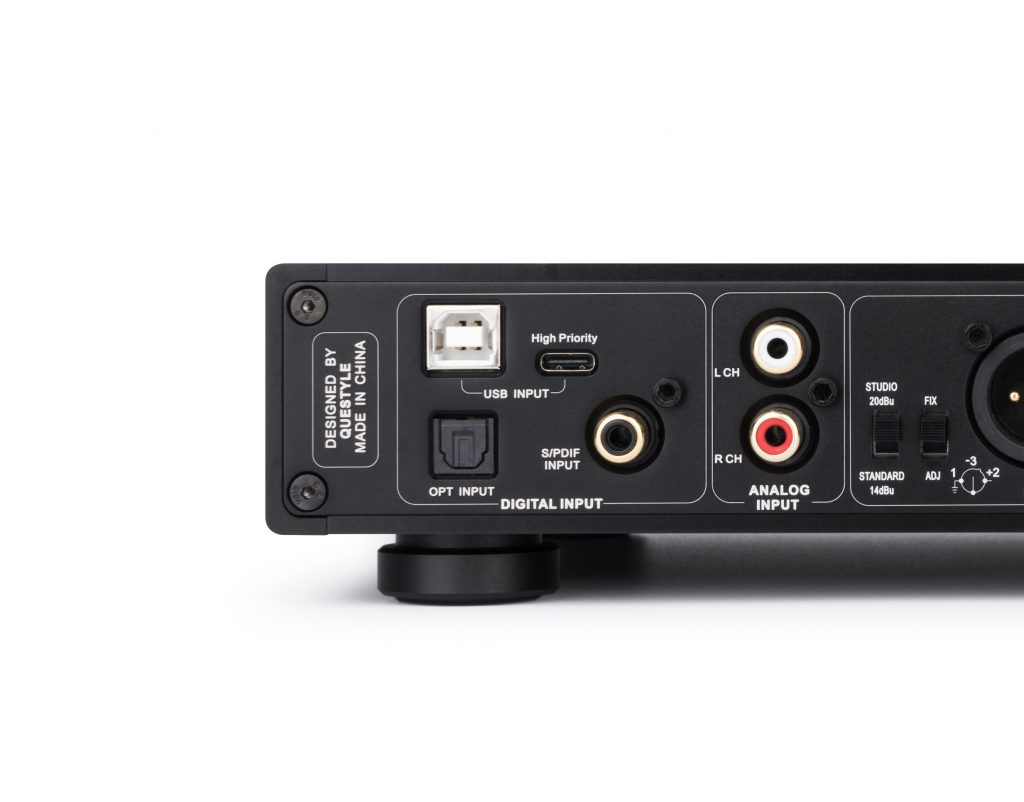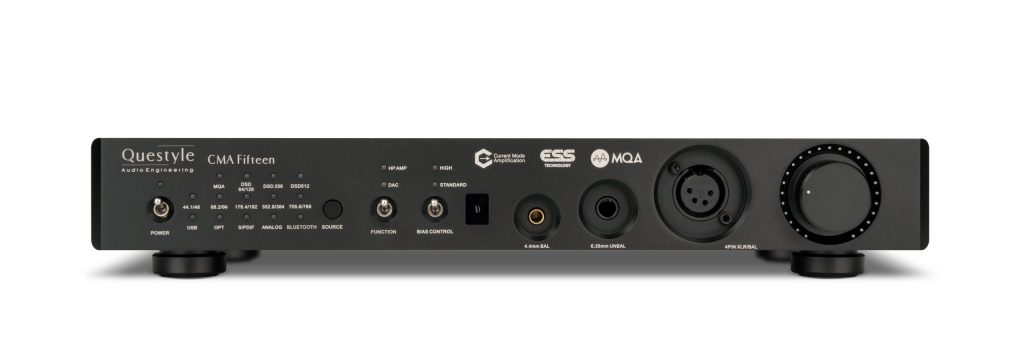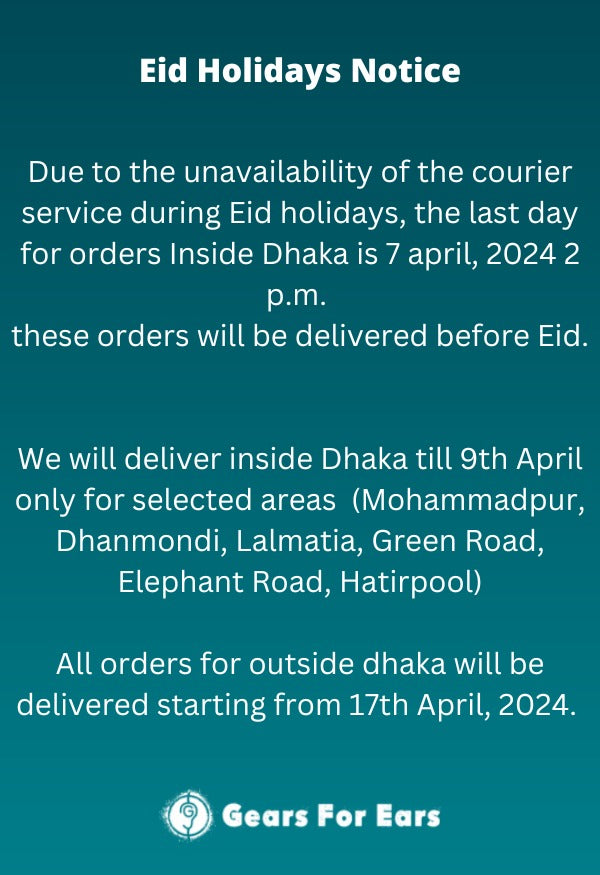Current Mode Amplification Meets Current mode DAC=Current Mode²
After 3 years of pre-research with ESS, Questyle selected the flagship DAC ES9038PRO, a decoding chip with the most powerful performance of any DAC invented to date, and jointly launched CMA Fifteen with ESS, supporting 32bit/768K and DSD 512 master band formats.
